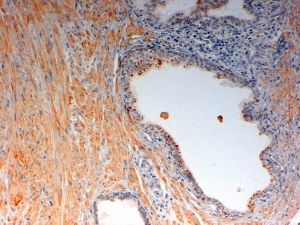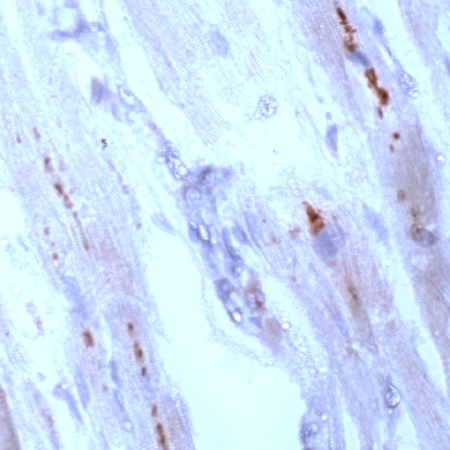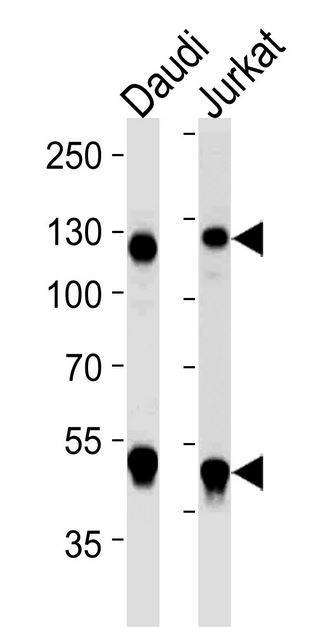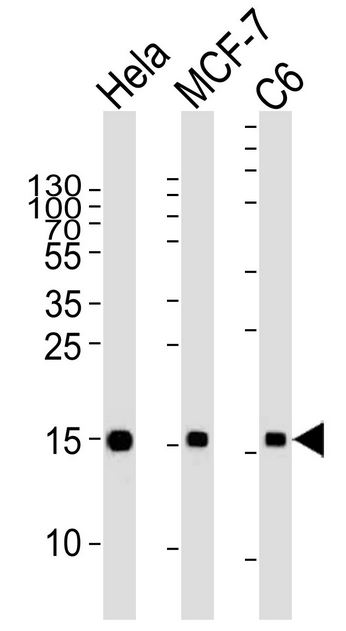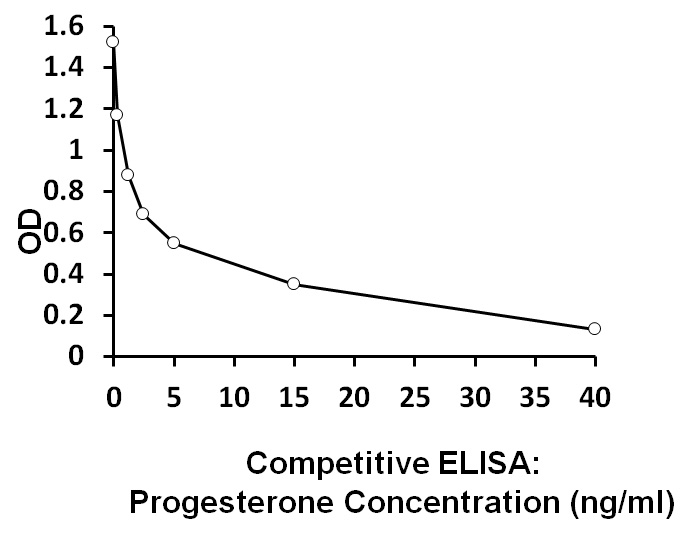Molecular mechanisms of labor initiation found
Molecular mechanisms of labor initiation found
|
Annually, about 15 million babies are born prematurely (< 37 weeks of gestation), with 1.1 million of them die from complication of prematurity such as respiratory illness. The precise mechanisms of labor initiation need to be elucidated as an effort to find potential targets for preventing preterm birth. Previous studies suggest that parturition appears to be mediated by several signals from both mother and fetus. One of them include the secretion of pulmonary surfactant, such as surfactant A (SF-A) or Platelet Activating Factor (PAH), from fetal lung into amniotic fluid as a signal that the infant has developed the capacity to produce sufficient surfactant lipoprotein to sustain air breathing. Published in The Journal of Clinical Investigation, Mendelson and colleagues provide compelling evidence that the fetus regulates the timing of its birth, and this control occurs after two coactivator proteins – SRC1 (NCOA1) and SRC2 (NCOA2). Double heterozygous embryos showed more than 38 hours delayed in labor, decreased contraction-associated genes, impaired luteolysis and elevated circulating progesterone. Interestingly, NFkB activation in maternal myometrium is also decreased in these heterozygous mice, suggesting possible mechanism of how fetal signals are transmitted to the mother’s uterus. Moreover, injection of SP-A or PAF into amniotic fluid enhanced uterine NFkB activation and improved contractile gene expression and luteolysis. Together, these findings revealed the molecular mechanisms of SRC1/2-dependent SP-A and PAH production in labor initiation process. The signals for labor initiation can be determined by the up-regulation of contractile genes and down-regulation of circulating Progesterone, using arigo’s Contractile-associated protein Antibody Duo (Oxtr, Cx43) (ARG30242) and Progesterone ELISA Kit (ARG80851). NFkB nuclear translocation panel (ARG30243) is useful for the WB determination of NFkB p65 and p50 activation by comparing their protein level in both nuclear and cytosolic fraction.
Antibody Duo
Antibody Panel
|
|||||||||||||||||||||||||||||||||||||||||||||||||||||||||||
